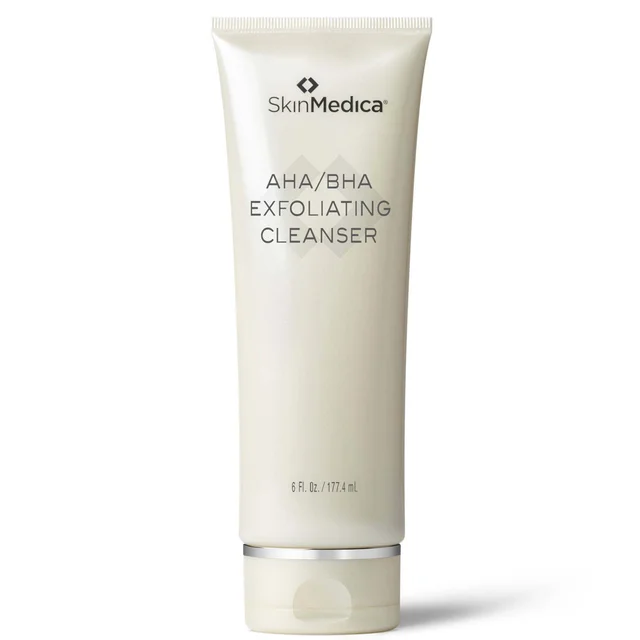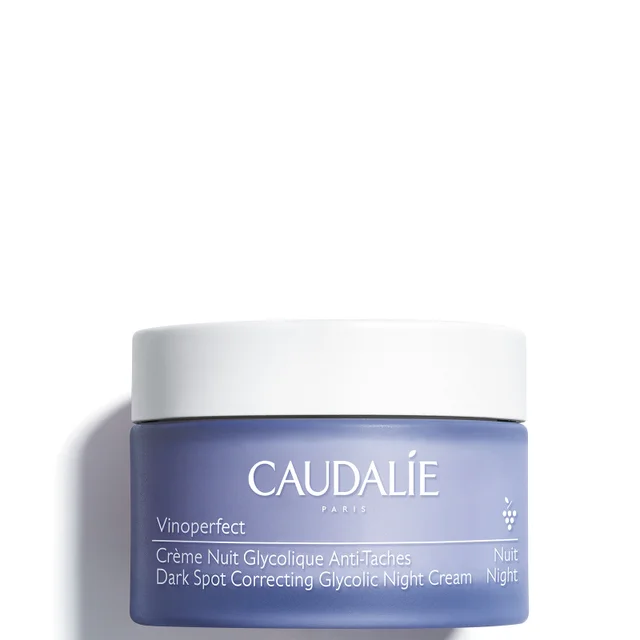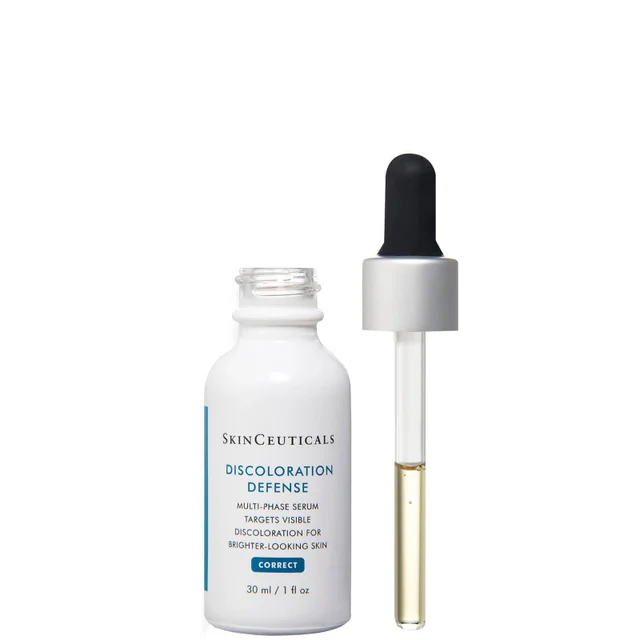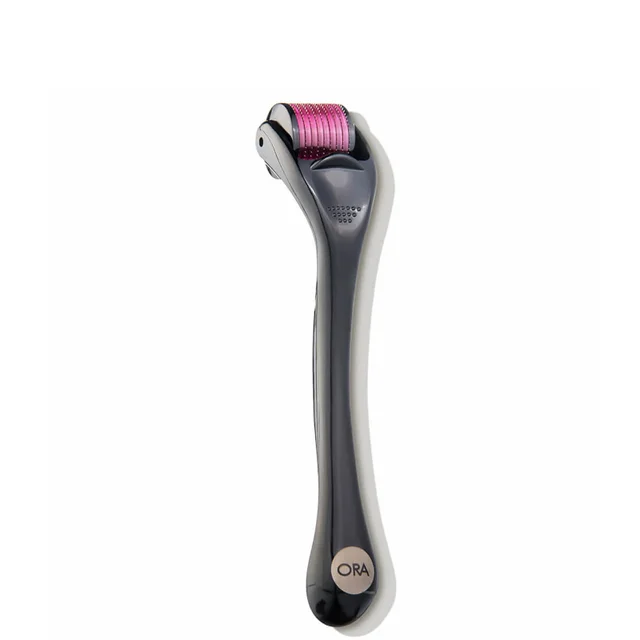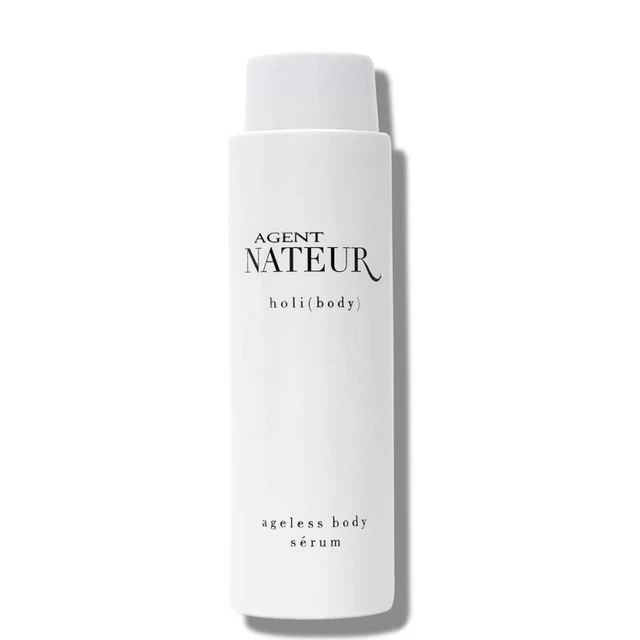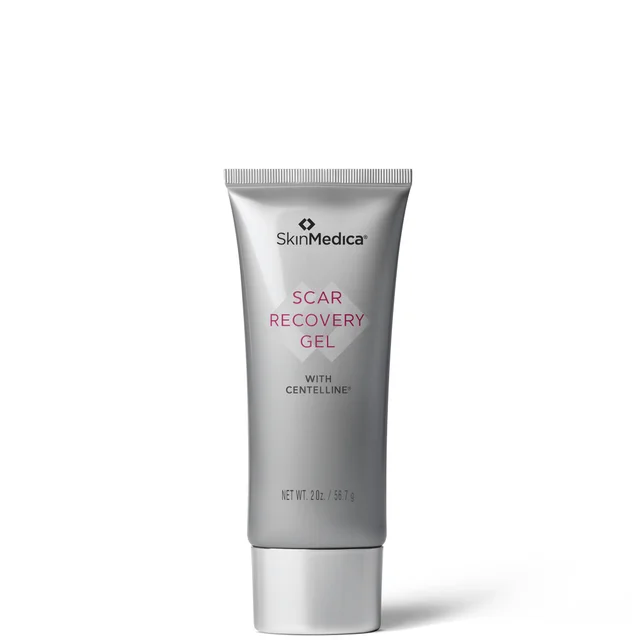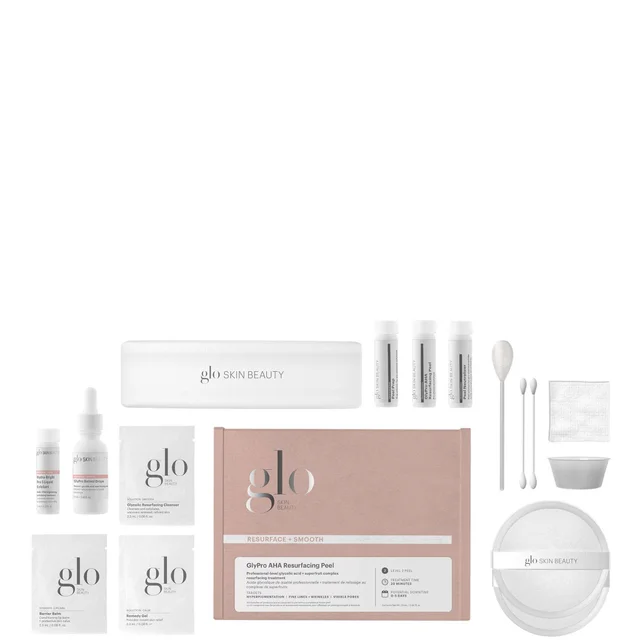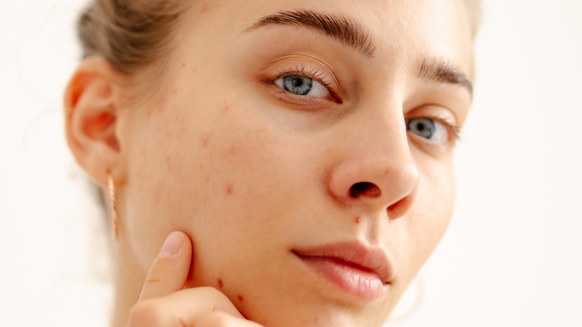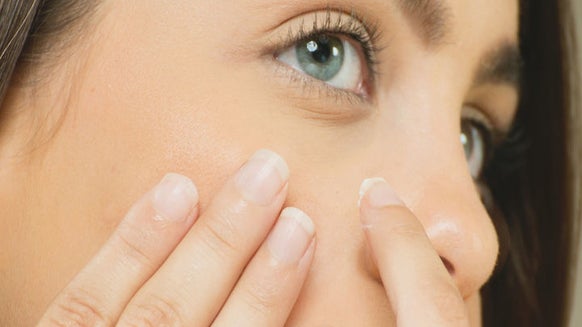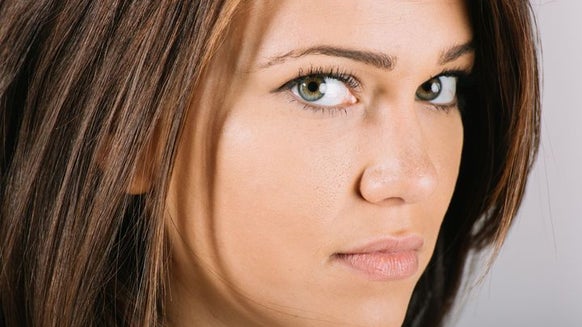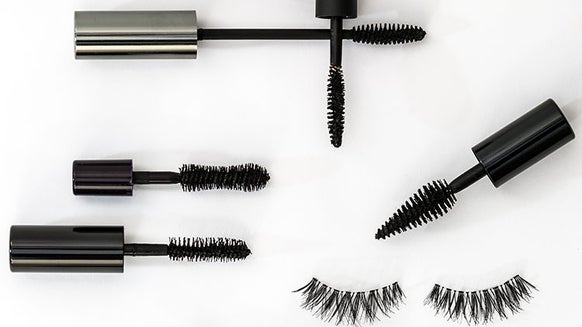Excellent Ways to Lighten Your Facial Scars
Scars anywhere on the body can cause embarrassment, but when they're on display on your face, they can be particularly bothersome. Common facial scars include scarring from severe or deep acne and hyperpigmentation—caused by sun exposure—genetics, and various skin ailments. Less common scars stem from cuts, scrapes or burns, which can leave noticeable marks that may take forever to fade. Fortunately, you can take action to make them less noticeable.
Onion Extract
It may sound odd to smear onion extract on your skin, but this common treatment has proven effective. They key is to use onion extract—an ingredient in various scar-lightening treatments and available on its own—when your scar is relatively new. It works by reducing overproduction of collagen at the scar site. While collagen is naturally produced in the skin, the fibers are more plentiful and more sporadically arranged in a scar. This results in scars becoming thick, hard and discolored.
Alpha Hydroxy Acids
Alpha hydroxy acids are fruit acids that you apply topically to treat facial scarring and wrinkling. They're most effective when applied to newer scars, but they can also treat older scars. AHAs work by decreasing brown discoloration, as well as exfoliating the skin to create a smoother surface. You can buy AHAs over the counter, or you can speak to a dermatologist about prescription AHAs that are more potent and efficient.
Chemical Peels
A frequently used and often effective treatment for superficial scars—including acne scarring and hyperpigmentation—is the chemical peel, in which a dermatologist or plastic surgeon places a chemical solution on the facial scar. The solution essentially burns away the top layer of skin, leaving new skin underneath. The peels used for depressed acne scars or "divets," are stronger than the superficial peels used for hyperpigmentation. Because of their strength, most require some type of anesthesia.
Laser Resurfacing
Another dermatologist-administered way to lighten scarring is ablative laser treatments. These involve minimal pain and a short recovery period, but can drastically improve the appearance of acne scarring, hyperpigmentation and or burns. The laser beams heat the temperature of the dermis and epidermis, which helps remove the top layer of skin while tightening and smoothing the deeper layers. As the most aggressive laser type, it usually only takes one to two treatments to see results. The more common type of skin resurfacing—non-ablative laser treatments—do not remove the surface of the skin, but instead, make stronger and better collagen to improve scars and take three to six sessions.
This article has been reviewed by board-certified dermatologist Dr. Emmy Graber.

From the latest hair and makeup trends to the best solutions for your skin issues, we've got all your beauty concerns covered!
